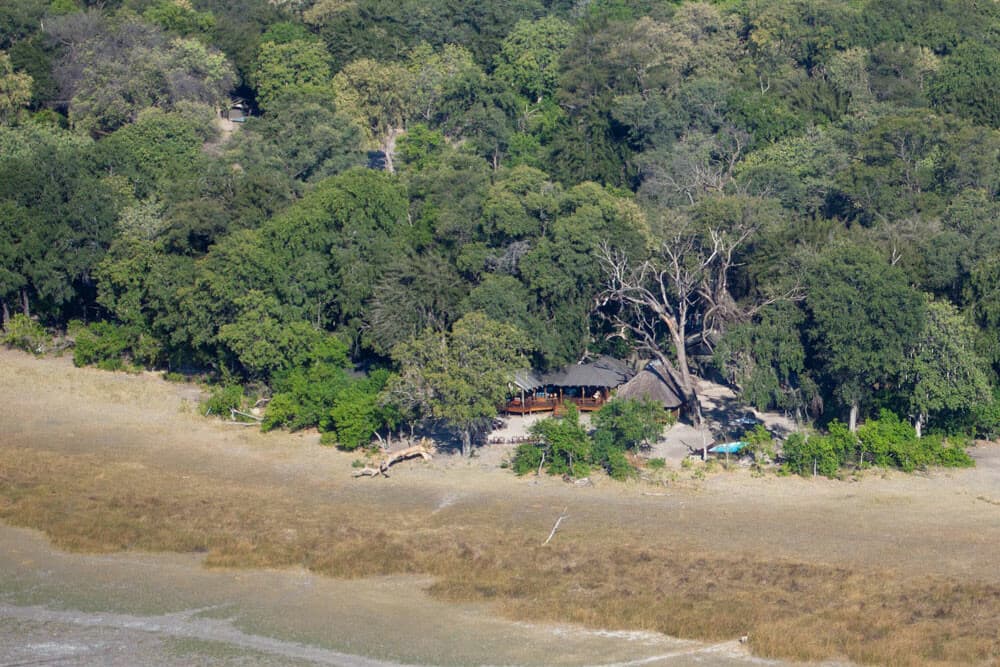Did you know that wastewater treatment plants are a key part of preventing pollution? In this blog post, we will discuss how these facilities help to keep our waterways clean and healthy. We'll also take a look at when wastewater treatment was first created and why it is so important today.
The importance of clean water cannot be understated. It's necessary for every facet of our lives. And yet, we often take it for granted. As the recent state of the environment report points out, it is our responsibility to protect and preserve the natural world as much as possible. Proper wastewater treatment is one way we can do this. If we don't take care of the planet, we not only risk damaging Earth irreparably, but we also put our own health at risk.
Historically, the environment could mitigate water pollution to some extent through dilution and natural decomposition. The first rudimentary sewer systems appeared in urban areas circa 3000 BCE, but this was an amenity that only wealthy people could afford! With the increase of people came an increase in garbage and pollution. Most individuals simply dug open pits or emptied chamber pots into local rivers, seas, or ditches. The general population depended on rainfall to wash away the refuse but as cities grew larger, the infrequent rain shower wasn't sufficient.
The 16th century saw the invention of cesspits as a way to manage growing waste. Cesspits were simply underground chambers located near dwellings where wastewater would collect. Because groundwater sources were being contaminated by cesspits and waterborne diseases were outbreaking as a consequence, stricter regulations for constructing and keeping up with proper cesspit standards were put into place.
In the mid-19th century, a man named Jean-Louis Mouras invented the “Fosse Mouras”. The Fosse Mouras was a type of cesspit that used two underground concrete chambers.
The traditional septic tank design is not the most efficient method of wastewater treatment, but it can be if additional wastewater facilities are included (such as the bioreactor of BIOROCK systems).
Today, wastewater treatment plants offer a number of advantages over older methods like cesspits.
Wastewater treatment plants can help control pollution in a number of ways.
In short, wastewater treatment plants play a vital role in keeping our environment clean and safe. By investing in these facilities, we can help to preserve the planet for future generations.
 The Okavango Delta in Botswana, home to a wide range of animals and recognized as a World Heritage Site, can be explored by staying at a remote safari camp situated right in the heart of the delta. This provides guests with access not only to the numerous waterways but also to the expansive dryland areas. The working environment here poses some big difficulties seeing as they have to rely on solar power since there is no access to the main electricity grid. Given that this is a World Heritage Site, camp operators are not allowed to build any sort of permanent structures or buildings.
The Okavango Delta in Botswana, home to a wide range of animals and recognized as a World Heritage Site, can be explored by staying at a remote safari camp situated right in the heart of the delta. This provides guests with access not only to the numerous waterways but also to the expansive dryland areas. The working environment here poses some big difficulties seeing as they have to rely on solar power since there is no access to the main electricity grid. Given that this is a World Heritage Site, camp operators are not allowed to build any sort of permanent structures or buildings.
ECOROCK uses a combination of aerobic and anaerobic processes to treat sewage without the use of electricity, making it ideal for rural locations where solar or generators are the only power sources. Not to mention, the exceptional treated water quality can be safely released back into the local environment, as long as it follows site-specific environmental regulations. The BIOROCK solution given at Kwara camp has been shown to work very well, with the ECOROCK being a basic, tough, and zero-electricity wastewater treatment solution for the camp. Ask an expert now which BIOROCK solution is best for your property!
Wastewater treatment plants play a vital role in keeping our environment clean and safe. By investing in these facilities, we can help to preserve the planet for future generations. In short, wastewater treatment helps control water pollution, and this benefits the environment as a whole. If we want to preserve our planet, it's important that we use sustainable practices when treating wastewater. It might not seem like a big deal, but making small changes in the way we use water can have a big impact on the environment!